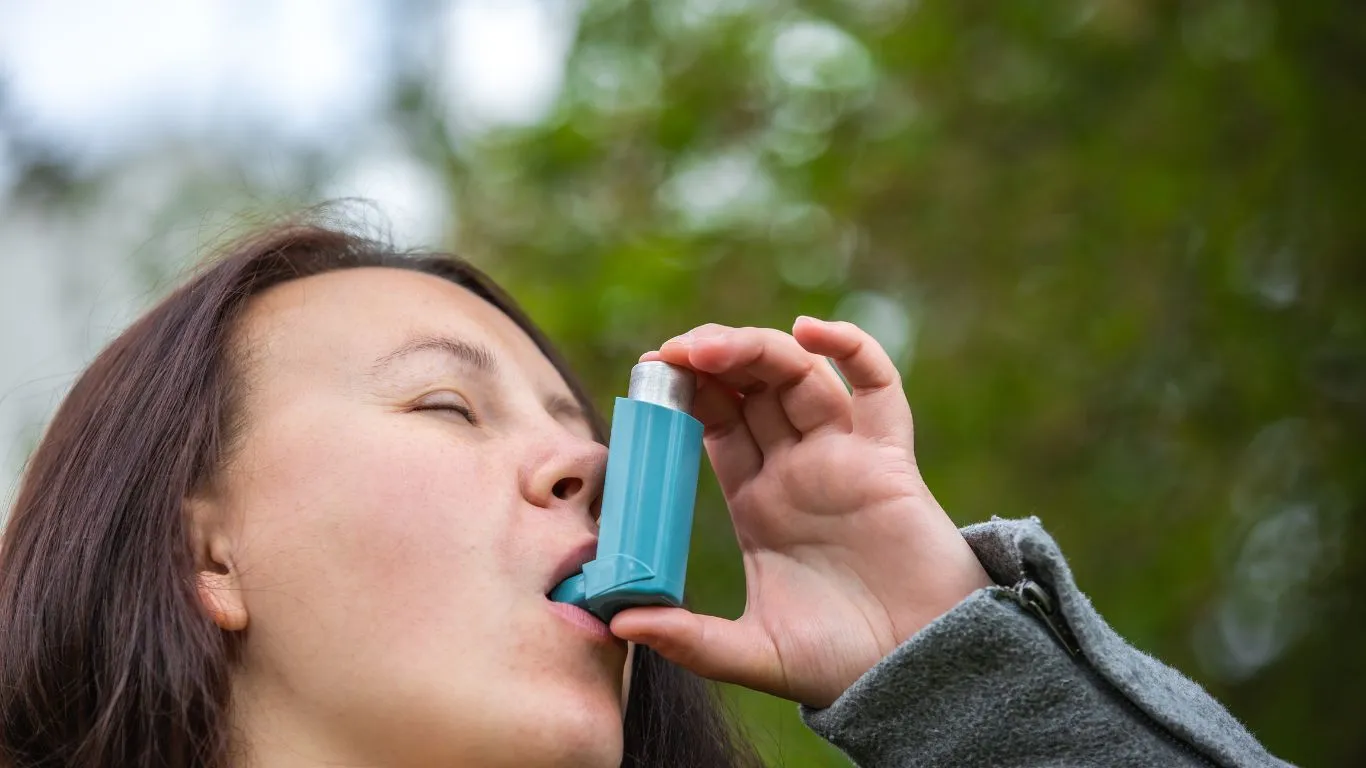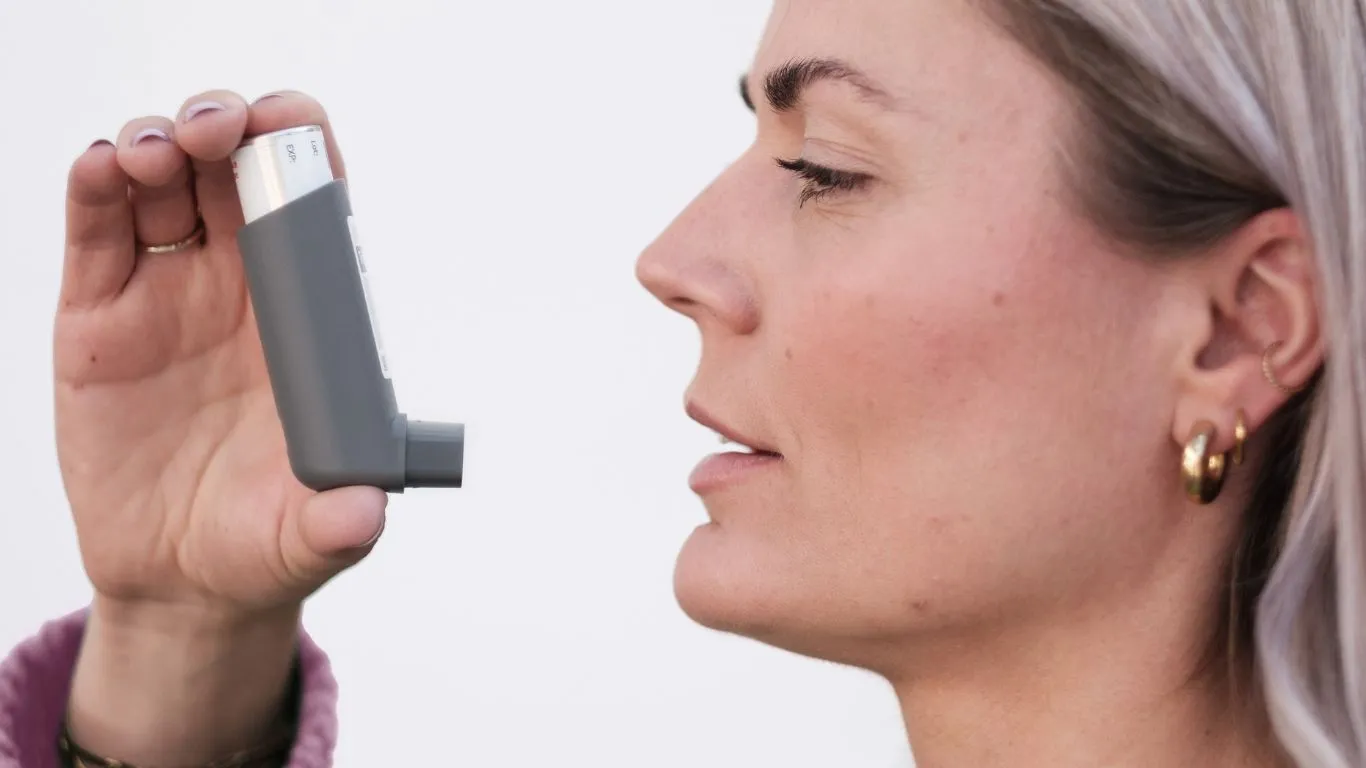Breathe Easier: How to Manage Asthma with Minimal Medication Successfully
If you’ve ever wondered how to manage asthma with minimal medication, you’re not alone. As a pulmonary nurse practitioner who’s spent countless hours with asthma patients in real-life clinical settings, I’ve seen firsthand that meds aren’t always the only answer. Don’t get me wrong—medication can be a lifesaver, and for many, it’s non-negotiable. But there’s a growing number of people looking for ways to keep their asthma in check without relying heavily on inhalers and pills. That’s what we’re diving into here: small lifestyle shifts, smart triggers to avoid, and practical daily habits that can help you breathe easier—literally.
Understanding Your Asthma Triggers

Not All Asthma Is Created Equal
This is something I always make a point to tell my patients: your asthma isn’t like your neighbor’s asthma. There are different types—exercise-induced, allergic, non-allergic—and each one responds differently to triggers and treatment. So when we talk about reducing medication, it starts with knowing exactly what you’re dealing with. I often walk patients through keeping a simple asthma journal to track when symptoms flare up. You’d be amazed what you’ll learn after just two weeks of tracking!
Common Triggers You Can Actually Control
Now let’s get into the stuff you can manage right now. Here’s a list of surprisingly common asthma triggers that you might be overlooking:
- Dust mites: These tiny guys love your pillows and bedding. Use allergen-proof covers and wash your sheets weekly in hot water.
- Strong scents: Perfumes, air fresheners, and even some cleaning products can set off wheezing or chest tightness.
- Cold air: This one’s sneaky. I keep a scarf in my bag during the winter to cover my nose and mouth—it makes a difference!
- Pet dander: I know, I know—giving up a pet isn’t an easy choice. But there are steps you can take, like keeping pets out of the bedroom and using HEPA filters.
Small Lifestyle Tweaks That Make a Big Difference

Breathing Techniques That Actually Work
This might sound a little too simple, but controlled breathing exercises are gold for managing asthma symptoms. I often teach my patients Buteyko or pursed-lip breathing, and honestly, some folks find they need their rescue inhaler way less after practicing regularly. It’s not about magic—it’s about retraining your respiratory muscles and calming your nervous system. Stress has a massive effect on asthma. The calmer you are, the more stable your breathing becomes.
Building a Home Environment That Supports Your Lungs
Think of your home like a sanctuary for your lungs. That means less clutter (hello, dust), more fresh air (without pollutants), and fewer harsh chemicals. Here are a few quick wins:
- Open windows when cooking or cleaning to air things out.
- Switch to fragrance-free laundry detergent and cleaners.
- Invest in a decent air purifier with a HEPA filter.
- Vacuum with a sealed HEPA vacuum—especially if you have carpets.
Diet and Hydration: The Unsung Heroes
This is one of those areas where I’ve seen real change in patients willing to make the shift. A diet rich in anti-inflammatory foods—think leafy greens, berries, omega-3-rich fish—can help reduce airway inflammation. Staying hydrated keeps mucus thin and easier to clear. One of my regulars, a middle-aged guy with seasonal asthma, cut out dairy and processed foods and said he felt like he had a new pair of lungs. Everyone’s different, but it’s worth experimenting with clean eating and seeing how your body reacts.
Staying Active Without Triggering Symptoms

Yes, You Can Still Exercise
One of the biggest myths I hear: “I have asthma, so I can’t work out.” That’s just not true. In fact, regular physical activity can improve lung function over time. The trick is easing into it and warming up properly. Swimming is often ideal since it’s done in warm, humid air. Walking, yoga, or even light jogging can be great if you monitor your breathing and don’t overdo it. I always say, “Listen to your body, but don’t baby it.”
Warm-Up Like a Pro
This one’s key. Jumping straight into exercise can shock your airways. Try a 10-minute warm-up with light movement and deep breathing to prepare your lungs. If you’re on a maintenance inhaler, talk to your provider about whether a puff beforehand might be part of your plan—even if you’re trying to minimize usage overall.
Monitoring Symptoms Without Over-Medicating

Know the Difference Between a Tickle and a True Flare-Up
Let’s be real for a second: every wheeze or cough doesn’t mean you need to reach for your rescue inhaler. This is one of those things I talk about with patients all the time. If you’re serious about learning how to manage asthma with minimal medication, it starts with tuning into your body. Keep tabs on your symptoms with an app or old-school notebook. You’ll notice patterns. Maybe it’s always after vacuuming, or only after a high-pollen day. Awareness is your secret weapon.
Using a Peak Flow Meter Like a Pro
I love peak flow meters—they’re like a cheat code for asthma management. They measure how well you’re pushing air out of your lungs, and tracking your personal best can help you spot a flare-up before it becomes full-blown. One of my teenage patients once told me it felt like a “lung mood ring”—not a medical term, but I got the point! Keep it handy, especially during allergy season or when you’re feeling off.
When to Let Your Medication Do Its Job
Here’s the truth: the goal isn’t zero meds—it’s the *right* meds at the *right* time. If you’re consistently waking up at night or using your rescue inhaler multiple times a week, that’s your body asking for help. And ignoring it can backfire big time. What we want is less emergency, more prevention. I always tell my patients: managing asthma without meds doesn’t mean ignoring your asthma.
The Role of Emotional and Mental Health

Stress Is Not Just in Your Head
If I had a dollar for every asthma patient who told me stress triggered their symptoms, I’d be writing this from a beach. No joke—stress can cause shallow breathing, tighten your chest, and leave you feeling like you just ran a marathon. The fix? Not to eliminate stress (good luck with that), but to manage it better. Meditation, yoga, journaling, or just stepping outside for fresh air can help calm your nervous system. One of my go-to tricks? A two-minute deep-breathing reset in the car before heading home from a long shift.
Sleep Matters More Than You Think
I can’t stress this enough: poor sleep equals poor asthma control. When your body doesn’t rest, inflammation can spike, and your airways can get twitchy. Aim for consistent sleep patterns, avoid caffeine late in the day, and maybe run a humidifier if your room tends to be dry. A patient once told me that switching to an earlier bedtime helped her reduce nighttime asthma symptoms without changing her medication. That’s the kind of win we love.
Natural and Complementary Therapies

Supplements That Show Promise (but Be Smart About It)
Let’s talk supplements. I’ve had patients try everything from quercetin to magnesium to fish oil. Some found real relief—others, not so much. There’s no magic pill (I wish!), but certain nutrients may support lung health. For instance:
- Magnesium: Can help with smooth muscle relaxation, which is a big deal for your airways.
- Vitamin D: Low levels are often linked with more severe asthma symptoms.
- Omega-3s: Anti-inflammatory and generally great for overall health.
Just make sure to talk to your healthcare provider before jumping on the supplement train—especially if you’re already taking other medications. I always walk my patients through potential interactions and realistic expectations. And no, essential oils alone won’t cure your asthma (sorry, Instagram).
Acupuncture, Massage, and Other Holistic Approaches
I’ve had more than a few skeptical patients who ended up loving acupuncture or massage for asthma. Why? Because these therapies help regulate the nervous system, which indirectly helps calm the lungs. They’re not replacements for your controller meds, but they can be great add-ons to your wellness toolkit. And honestly? Sometimes just taking the time for self-care reduces stress enough to lower symptom frequency. Win-win.
Herbal Remedies: Proceed With Caution
Every now and then, someone will ask about herbal teas or traditional medicine. There are some promising herbs—like boswellia or licorice root—but they’re not risk-free. Some can interact with medications or even irritate your lungs. One of my patients learned this the hard way with a so-called “lung detox tea” that made her cough worse. If you’re exploring this route, do it with a practitioner who knows both herbal medicine and your medical history.
Creating a Long-Term Asthma Game Plan

Why Having a Personalized Asthma Action Plan Matters
If there’s one thing I push more than anything with my patients, it’s building a simple, realistic asthma action plan. I’m not talking about a 10-page medical document you forget about after a week—I mean something practical. Color-coded zones (green, yellow, red), clearly listed triggers, steps for managing mild symptoms, and when to absolutely call for help. The kind of thing you can glance at and instantly know what to do.
Here’s the kicker—your plan should evolve with you. What worked in your 20s might not work in your 40s. I worked with a woman in her 60s who weaned herself off daily inhaled steroids through lifestyle changes, clean eating, and trigger avoidance—but we didn’t rush it. We updated her plan every three months. That kind of care takes time, but it pays off.
Partnering With the Right Healthcare Team
You don’t need to do this alone. In fact, you shouldn’t. Managing asthma—especially if you’re trying to minimize medication—means partnering with someone who takes your goals seriously. Look for a provider who listens, doesn’t just throw prescriptions at you, and can help tailor strategies that fit your lifestyle. Respiratory therapists, allergists, and yes, nurse practitioners like myself, can bring unique perspectives to the table.
Real-Life Stories: How Others Are Thriving With Less Medication

The Yoga Enthusiast Who Ditched Her Daily Inhaler
One of my patients—a 34-year-old yoga instructor—came in frustrated that her controller meds were making her jittery. We looked at her lifestyle and realized most of her flare-ups were triggered by urban pollution and stress. She made some bold moves: switched studios to a cleaner, less congested area, added daily nasal rinses, and began using HEPA filters at home. Over six months, we slowly tapered her controller dose, and today she’s off it completely. She still carries her rescue inhaler (as everyone should), but she rarely needs it.
How a Busy Dad Balanced Life and Breathing
Then there was the dad of three who refused to let asthma slow him down. His secret weapon? A meticulous routine. Every morning: hydration, a quick breathing exercise, and 10 minutes outdoors before the chaos began. He adjusted his diet—cut back on inflammatory foods and added turmeric and omega-3s. He still takes a low-dose maintenance med, but it’s a far cry from the cocktail he was on before. It’s not about being med-free; it’s about being in control.
Putting It All Together: Your Next Steps
Tips for Staying Consistent Without Getting Overwhelmed
Let’s face it—changing habits is hard. You’re busy, life gets in the way, and asthma doesn’t exactly wait for a convenient time to flare up. Here’s what I usually recommend to patients who want to stick to low-med strategies:
- Start small: Pick one thing—maybe air purifiers, or keeping a food diary. Build from there.
- Set reminders: Use your phone for hydration or breathing exercises. Tiny nudges go a long way.
- Track wins: Feeling better after cutting dairy? Sleeping through the night without wheezing? Write it down. Momentum matters.
- Don’t skip check-ins: Even if things feel “fine,” see your provider regularly. Quiet symptoms don’t always mean your lungs are healthy.
Be Flexible and Kind to Yourself
Some days will be good. Some days won’t. And that’s okay. Reducing reliance on medication is possible, but it doesn’t have to be perfect. You’re not failing if you need your inhaler—it’s there to help you breathe, not to make you feel guilty. The ultimate goal is a life where asthma doesn’t run the show. And from my own experience with patients, that’s totally doable—with patience, knowledge, and a little creativity.
References
- https://www.lung.org/
- https://www.cdc.gov/
- https://www.aafa.org/
- https://www.mayoclinic.org/
- https://www.nhlbi.nih.gov/
Disclaimer
This article is intended for informational purposes only and is not a substitute for professional medical advice, diagnosis, or treatment. Always consult your physician or a qualified healthcare provider before making changes to your asthma management plan. What works for one person may not work for another, so your care should always be personalized and guided by a licensed professional.

Bianca Nala is a compassionate Nurse Practitioner with a strong background in primary and respiratory care. As a health writer for Healthusias.com, she combines her clinical expertise with a talent for clear, relatable storytelling to help readers better understand their health. Bianca focuses on topics like asthma, COPD, chronic cough, and overall lung health, aiming to simplify complex medical topics without losing accuracy. Whether she’s treating patients or writing articles, Bianca is driven by a single goal: making quality healthcare knowledge accessible to everyone.






